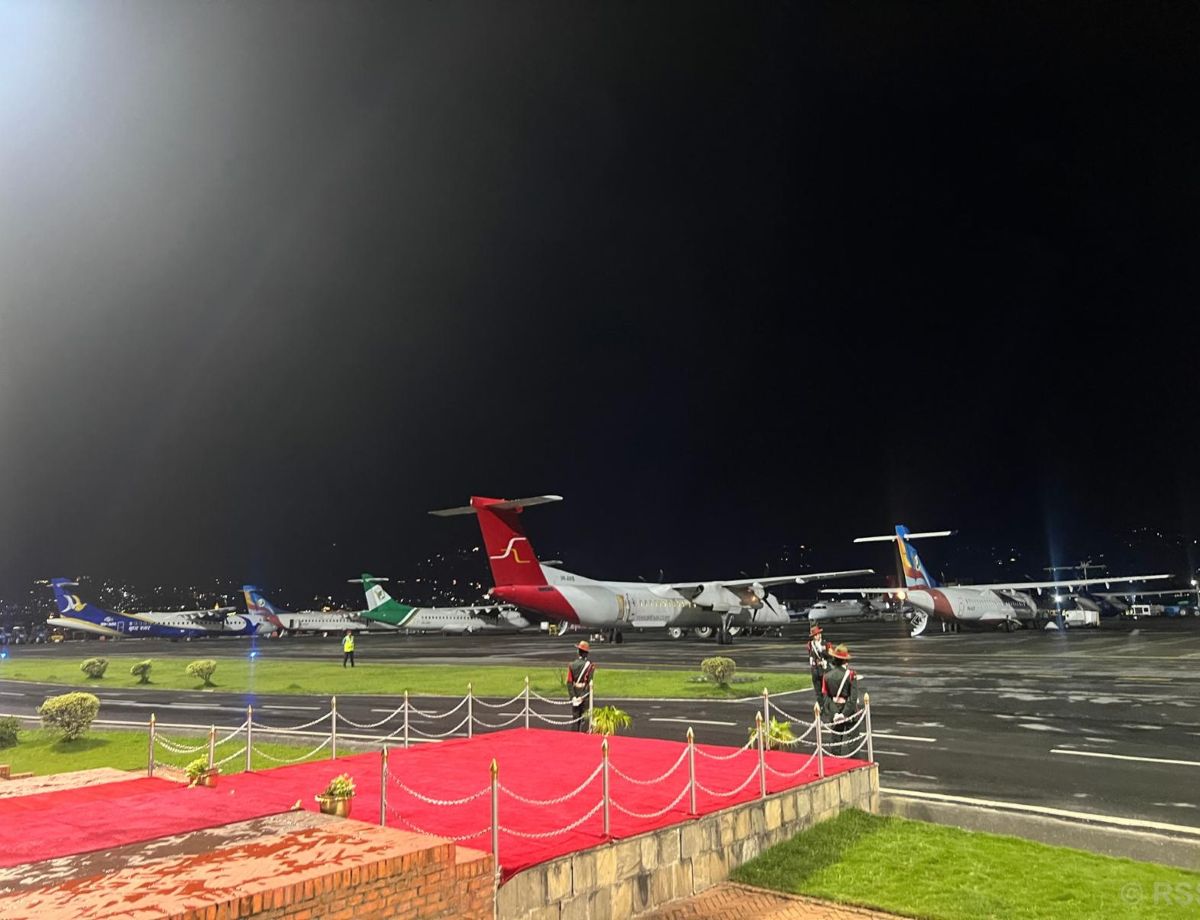

KATHMANDU: Dashain is a time when people long to return to their hometowns to celebrate with family and friends. But for those who plan to travel by air, it often turns into a struggle.
Airlines say tickets for most destinations are already booked nearly a month in advance.
Even though airlines open online bookings, passengers find it nearly impossible to secure tickets.
Discounted tickets are out of reach, and even costly ones are hard to get.
For example, airfare from Kathmandu to the far-western city of Dhangadhi has crossed Rs 17,000, while Kathmandu–Biratnagar flights cost Rs 9,700.
Travelers like Nisha Pandey from Dhangadhi wandered for days in search of tickets and finally managed to secure an expensive one, while worrying about the return trip.
Others, like Sangeeta Sapkota of Morang, opted for road travel after failing to find a plane ticket.
The Civil Aviation Authority of Nepal (CAAN) has repeatedly directed airlines to reduce fares during Dashain.
The Ministry of Culture, Tourism and Civil Aviation also held discussions with airline operators and CAAN officials to ease travel pressure.
Why do fares rise every Dashain?
CAAN spokesperson Gyanendra Bhul said airlines are charging near-maximum limits.
For instance, Buddha Air, Yeti Airlines, and Shree Airlines were seen selling Kathmandu–Dhangadhi tickets at Rs 12,500, though the upper ceiling is Rs 17,000.
Bhul emphasized the need for a clear airfare system, pointing out that under the Civil Aviation Authority Act, CAAN recommends fares, the government sets them, and airlines must comply. Failure to do so can invite penalties.
Two regulations govern fares: the Airport Service Fee Regulation and the Civil Aviation Regulation.
International fares are determined based on bilateral agreements, and Nepal currently has air service agreements with 42 countries.
For domestic flights, the government sets both maximum and minimum fares based on airline costs.
Airlines are prohibited from charging more than the ceiling.
For example, Kathmandu–Biratnagar fares range from Rs 5,100 to Rs 9,700, and anything outside this range is illegal.
Fuel costs, aircraft type, service fees, and 13% tax are the major components that determine fares.
Rising prices of aviation fuel and reliance on ATR-72 and CRJ aircraft are cited as reasons for increased fares. Nepal currently has the highest aviation fuel prices in South Asia.
Factors driving expensive air travel
Airlines argue that high operational costs—such as flying empty seats one way, expensive spare parts due to the Russia–Ukraine war, rising fuel prices, airport charges, and taxes—are driving fares higher.
Around 90% of the domestic market is dominated by private airlines as state-owned Nepal Airlines has limited internal presence.
Each year, this issue surfaces during Dashain when about 10,000 people travel daily.
With only 30 planes serving accessible routes and 10 flying to remote areas, demand outstrips supply.
Bhul said the problem cannot be solved simply by ordering airlines to cut fares.
Either the government must subsidize fuel and taxes or shift to a single-fare system.
A festive aviation fund could also help reduce fares during peak seasons.
Airlines deny overcharging
Manoj Karki, president of the Airline Operators Association of Nepal, claimed that no airline has charged above the set maximum fare.
The problem, he said, is high demand for flights out of Kathmandu, with few return passengers, which raises costs.
Airlines say tickets are fully booked a month in advance, but allegations persist that they exploit the festive rush by charging higher fares.
According to Tribhuvan International Airport spokesperson Rinji Sherpa, both domestic and international flights face heavy pressure during Dashain.
Internal flights have reached around 160 per day, while international flights are averaging 120 daily.
Currently, more than 450 flights operate daily through TIA, compared to 350 on normal days.
Twenty-one airlines, including 12 helicopter companies, are active in the domestic sector.